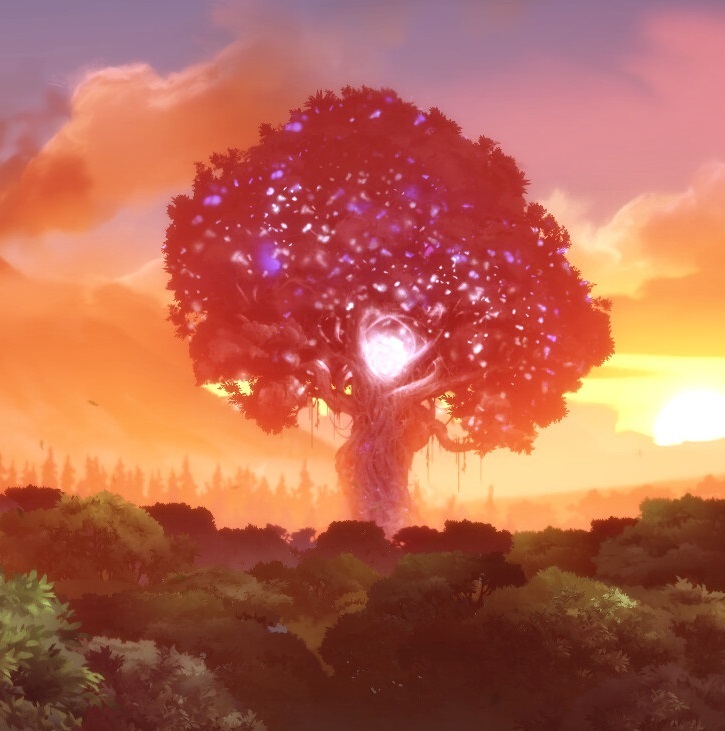Image is from this article in the New York Times.
A magnitude 6.8 earthquake struck Morocco on September 8th, with the epicenter 73 kilometers away from Marrakesh.
At least 2500 people have died as of September 11th, most outside Marrakesh, with more people being pulled out of the rubble every day, making it the deadliest earthquake in Morocco since 1960, and the second-deadliest earthquake this year (first being, of course, the one in Turkiye-Syria in February, which killed nearly 60,000 people). While the deaths are the most horrific part, damage to historic sites has also been very significant - including buildings dating back to the 1000s.
Morocco is situated close to the Eurasian-African plate boundary, where the two plates are colliding. The rock comprising the Atlas Mountains, situated along the northwestern coast of Africa separating the Sahara from the Mediterranean Sea, are being pushed together at a rate of 1 millimeter per year, and thus the mountains are slowly growing. As they collide, energy is stored up over time and then released, and faults develop. The earthquake this month originated on one such fault, as did the earthquake in 1960. The earthquake hypocenter was 20-25 kilometers underground, with 1.7 meters (or 5 and a half feet) of rock suddenly shifting along a fault ~30 kilometers (19 miles) long.
Earthquake prediction is still deeply imprecise at best, and obtaining decent knowledge and forewarning of earthquakes is highly dependent on dense seismometer arrays that constantly monitor seismic activity, such as in Japan, and detailed understanding of the local and regional tectonic environment. The best way to prevent damage is to build earthquake-resistant infrastructure and establish routines for escaping buildings and reaching safety. All of these, of course, are underdeveloped to nonexistent in developing countries, particularly in poorer communities inside those countries.
The Country of the Week, in honour of Allende’s death 50 years ago (the only bad geopolitical event that has occurred on September 11th, of course), is Chile. Feel free to chime in with books, essays, longform articles, even stories and anecdotes or rants. More detail here.
Here is the map of the Ukraine conflict, courtesy of Wikipedia.
The weekly update is here!
Links and Stuff
The bulletins site is down.
Examples of Ukrainian Nazis and fascists
Examples of racism/euro-centrism during the Russia-Ukraine conflict
Add to the above list if you can.
Resources For Understanding The War
Defense Politics Asia’s youtube channel and their map. Their youtube channel has substantially diminished in quality but the map is still useful.
Moon of Alabama, which tends to have interesting analysis. Avoid the comment section.
Understanding War and the Saker: reactionary sources that have occasional insights on the war.
Alexander Mercouris, who does daily videos on the conflict. While he is a reactionary and surrounds himself with likeminded people, his daily update videos are relatively brainworm-free and good if you don’t want to follow Russian telegram channels to get news. He also co-hosts The Duran, which is more explicitly conservative, racist, sexist, transphobic, anti-communist, etc when guests are invited on, but is just about tolerable when it’s just the two of them if you want a little more analysis.
On the ground: Patrick Lancaster, an independent and very good journalist reporting in the warzone on the separatists’ side.
Unedited videos of Russian/Ukrainian press conferences and speeches.
Telegram Channels
Again, CW for anti-LGBT and racist, sexist, etc speech, as well as combat footage.
Pro-Russian
https://t.me/aleksandr_skif ~ DPR’s former Defense Minister and Colonel in the DPR’s forces. Russian language.
https://t.me/Slavyangrad ~ A few different pro-Russian people gather frequent content for this channel (~100 posts per day), some socialist, but all socially reactionary. If you can only tolerate using one Russian telegram channel, I would recommend this one.
https://t.me/s/levigodman ~ Does daily update posts.
https://t.me/patricklancasternewstoday ~ Patrick Lancaster’s telegram channel.
https://t.me/gonzowarr ~ A big Russian commentator.
https://t.me/rybar ~ One of, if not the, biggest Russian telegram channels focussing on the war out there. Actually quite balanced, maybe even pessimistic about Russia. Produces interesting and useful maps.
https://t.me/epoddubny ~ Russian language.
https://t.me/boris_rozhin ~ Russian language.
https://t.me/mod_russia_en ~ Russian Ministry of Defense. Does daily, if rather bland updates on the number of Ukrainians killed, etc. The figures appear to be approximately accurate; if you want, reduce all numbers by 25% as a ‘propaganda tax’, if you don’t believe them. Does not cover everything, for obvious reasons, and virtually never details Russian losses.
https://t.me/UkraineHumanRightsAbuses ~ Pro-Russian, documents abuses that Ukraine commits.
Pro-Ukraine
Almost every Western media outlet.
https://discord.gg/projectowl ~ Pro-Ukrainian OSINT Discord.
https://t.me/ice_inii ~ Alleged Ukrainian account with a rather cynical take on the entire thing.
Last week’s discussion post.


US at grave risk of China tech war retaliation
It is a good article there is more and some graphs.
You can spot the exact date the American capitalists decided to offshore manufacturing to China lol.
US planners: our free market economy is the best system
US planners:
Please, Xi, I’m fucking begging you
Chinese… Cartels?
Cartel is an Asian style business
If it isn’t the consequences of my actions.
hillary knows
Weasel words from the business press. Chinese cartels didn’t offshore US production; Wall Street did.